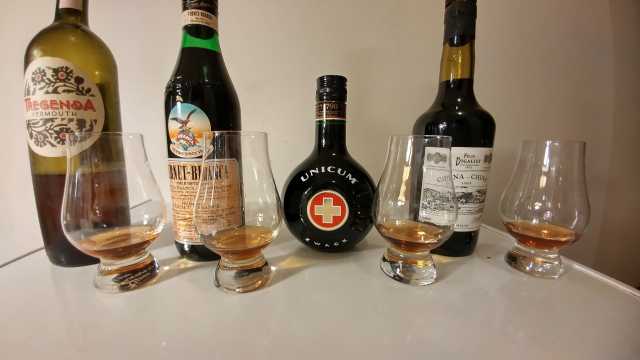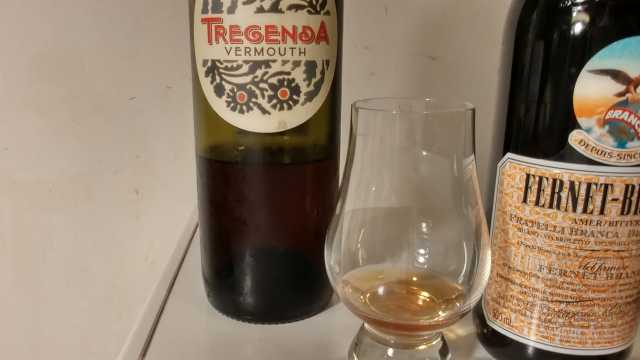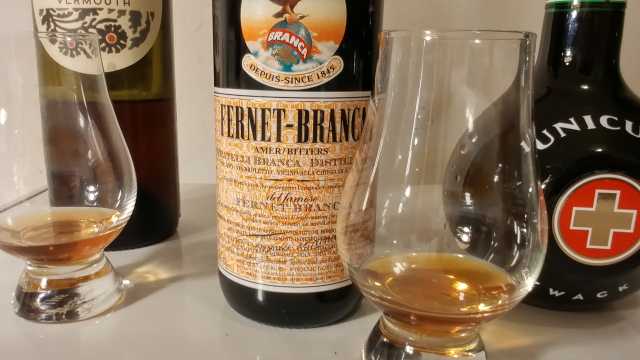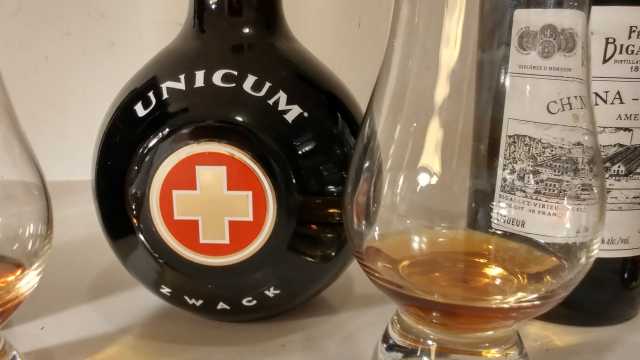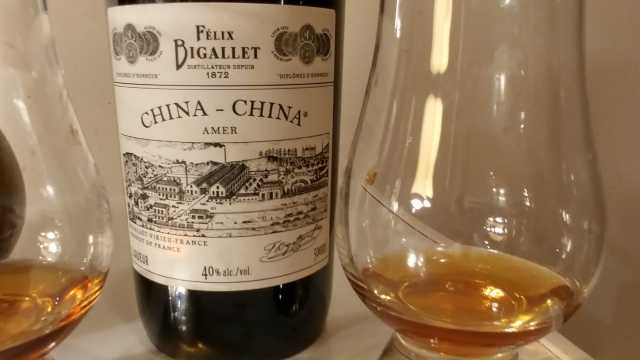Berserkers,
My Vermouth obsession continues on to its next logical step – crafting and blending my own vermouth. Now there were two possible ways to do this, the easy way and the hard way. The hard way is not as difficult as you might think. If you remember from my original Vermouth thread, there are only a few ingredients and steps required to make your own vermouth. As a reminder, they are:
• Wine (as your base)
• Sugar (for sweetening)
• Neutral 40% ABV brandy (for fortifying)
• Caramelized sugar (for color and more sweetness)
• Herbs, spice and botanicals (exact components and ratios handed down by your ancient European relatives in a secret recipe dating back from the 1800s)
Once these are assembled, the steps needed would be:
• Macerate the herb/spice/botanicals in the alcohol
• OPTIONAL: Age the maceration in oak barrels for more complexity before blending
• Strain the maceration and then blend with your wine, sugar, and fortify with alcohol until it reaches anywhere from 15% to 20% ABV
• OPTIONAL: Age the final blend in oak barrels for more complexity before drinking
See that’s not too hard! Well, you know, minus the whole oak barrel aging thing as well as possessing neither a secret Vermouth recipe nor ancient Italian, Spanish or French relatives from whom it could’ve been handed down to me. If only someone had already done the first two steps for me and saved me a lot of time and work.
Oh wait. It turns out somebody did. It turns out my pal and fellow board member Jay Shampur likes having Amaro or Fernet to finish his meals. Well during our last meal at CAVA whose wines I recently posted about, he sat next to me and ordered a double of Fernet Branca at meal’s end and the aroma immediately struck me: it smelled just like Vermouth or Brio Chanatto. Only without the sweetness. So I tasted it. And it tasted exactly like the bitter aromatic part of Brio or Vermouth without the sweetness, cola or fruit wine flavors. Then, making the logical leap of conclusion, I dropped a teaspoon of his Fernet into my glass of 02 Noble One and tasted it. And it tasted like Vermouth.
So I researched it and all-knowing all-seeing Google told me that Fernet is a dry bitter distilled and macerated spirit exclusive to Italy. It is made in other countries, but then it is simply referred to as amer or “bitters.” Regardless, it is a mixture of a secret recipe of herbs, spices, and botanicals – that sounds familiar – macerated in alcohol, blended with caramelized sugar for color, and aged oak barrels. All that’s needed after that is a wine base and sugar. Well that’s taken care of with any sweet or dessert wine.
So the end result is that all that’s needed to blend your own high quality Vermouth are two ingredients: a high quality bitters spirit and a high quality sweet wine. So now it was time to get to blending. Since it worked so nicely last time, I went with a more recent 2008 Noble One botrytis semillion wine from Australia. This provides body, sweetness, decent acidity, and unctuous dried mango, apricot and quince flavors plus a bit of vanilla from oak aging.
On the Fernet side, I went with the following mixture of Fernets which I found at the LCBO. Note that I deliberately did not choose an Amaro as they are far too variable in the amount of alcohol and especially added sugar. Even with my infamous sweet tooth, I think adding sugar to an already sweet wine is far too much and would severely unbalance the blend. Our Fernet/bitters contenders are:
• Fernet Branca from Italy; 39% ABV, 27 herbs, spices and botanicals
• ZWACK Unicum from Hungary; 40% ABV, 40 herbs, spices, and botanicals
• Felix Bigallet China-China from France; 40% ABV, distillate comes from sweet and bitter orange peels, exact number of aromatic ingredients not known or publicized that I could find
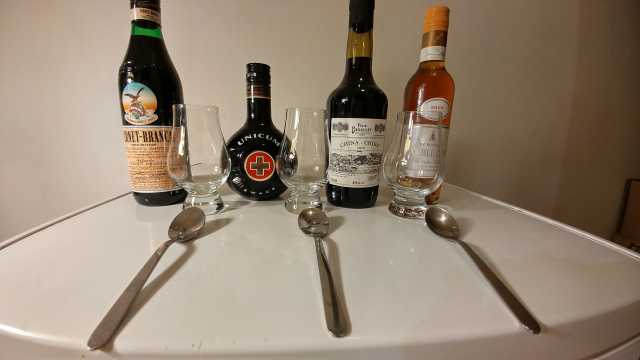
For the control side of this blending, I tasted each of our amer/bitters spirits separately. Then I blended in a 4 to 1 ratio of sweet wine to bitters (1 TBSP Noble one to ¾ tsp of each amer/bitters) and tasted each of these samples. I also used the fabulous Tregenda Vermouth from Italy I posted about in my first thread as my control sample. I was looking to approximate this as much as possible:
FERNET BRANCA: Skews heavily towards quinine and mint; virtually no baking spices detected; strong herbal bitterness; dry taste but not completely devoid of caramelized sugar flavor, I would liken this as Brut is to Extra Brut; I wouldn’t drink on its own but likely to be very good with the blend
ZWACK UNICUM: Much more complex flavors; quinine and mint present but so are the baking spices; small but noticeable touch of sugar sweetness which makes this really off-dry, not dry as advertised; aromatics seems slightly muted by the sugar on the palate; could possibly throw the balance off of final blend
FELIX BIGALLET CHINA-CHINA: Strong orange flavor and detectable sweetness; least amount of quinine and spices detectable, only seem to show up in the finish; practically Grand Marnier in disguise; exact reverse of the Fernet – I would completely drink this on its own and I fear any bitterness is bound to be lost in the final blend
On to the final blends then, which you see below. One thing to note is that the color is virtually indistinguishable between all 4 as the caramelized sugar of the amer/bitters has heavily colored the dark amber gold of the Noble One.
